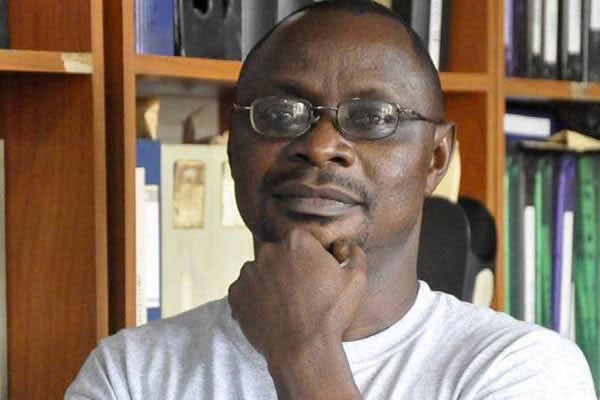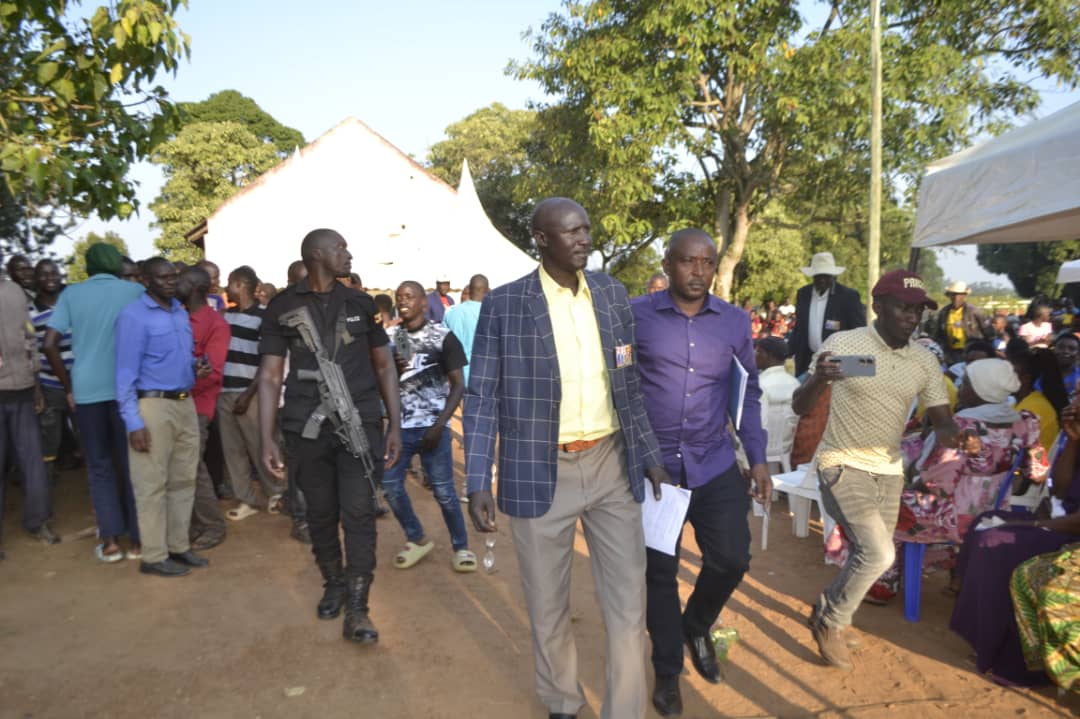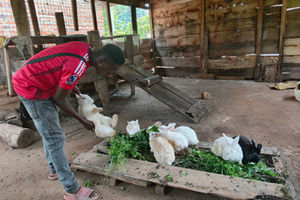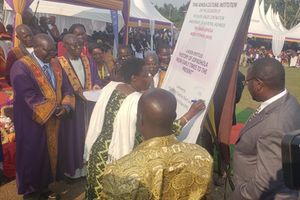
Author: Asuman Bisiika. PHOTO/FILE
Mr Museveni always goes on a countrywide tour in the year preceding presidential elections. With 2026 soon approaching, he is likely to go on a countrywide this year or the next (promoting this or that government programme).
Before the 2021 General Election, he promoted Emyooga. For the 2026 elections, Mr Museveni will most likely be promoting the Parish Development Model (PDM).
I have had issues with PDM since I learnt that the vortex of PDM is about transfer incomes (from the State). That’s why I am proposing a new vision for the socio-economic development of the rural folk. My idea is Homestead Depth Model.
This is not even new to Mr Museveni; whose initial idea was to benefit families living on homesteads of five-acres. Five acres are on the high (the average homestead depth in Greater Kiburara Tooro Sub-region is half an acre).
Sometime back, Mr Museveni is said to have expressed frustration over the failure or limited absorption of the PDM. “Why was the money not reaching the bona fide beneficiaries?” he reportedly asked.
The problem was (and still is) the structural organisation of PDM. Its link to production is weak and tenuous. The programme is just about the distribution of funds to people; most of whom not associated with the production of anything beyond feeding themselves.
As I have said elsewhere, the two great achievements from PDM so far are: the recruitment of parish chiefs and town agents as permanent employees of the Government of Uganda and oh yes, the promotional topee cap I received when I was idling in one of the government offices in Kampala.
From 1962, Government of Uganda has tried to mainstream the rural folk into the cash economy. Up to 1990, the co-operatives were the central pillar of Uganda’s rural social and economic development. The government provided the architecture (by policy, support system for production and marketing). The rural folk’s part was production.
However, from 1990, the rural socio-economic development agenda has been centred on the provision of finance (and funny, with very limited symbiotic contact with the government actors).
There was Rural Farmers Scheme, Poverty Alleviation Programme, Prosperity for All, Operation Wealth Creation, Emyooga. And oh yes, now we have PDM.
The objective of all these programmes has always been to enable subsistence rural folk to produce more than their consumption needs and earn some ka-money from the surplus.
But putting the distribution of money at the centre of a government programme involving socio-economic development is faulty. And wrong. And it cannot take us anywhere.
The people’s complementary effort and input must be the defining aspect of any government programme aimed at socio-economic development. That’s why in spite of the challenges of cotton growing, my people in Kasese still grow cotton.
There is a symbiotic field contact between cotton farmers and the Cotton Development Organisation. Plus: cotton has an assured market; even when the price is low, one will always sell his or her cotton (above the official price).
When the elite talk about absorbing the people into the cash economy, one might even think the people don’t know about money. They know.
Mr Museveni has been talking about what I call ‘Homestead Depth Model’. I like it when he advises people to have coffee, matooke, poultry, two dairy cows, a wood lot and a place for seasonal food crops.
Dear Mr Museveni, it would be very helpful if PDM funding was going into something like this. Otherwise the sad tale of the poor rural folk is about securing the next meal; not inclusion in the cash economy.
Mr Bisiika is the executive editor of the East African Flagpost. [email protected]




